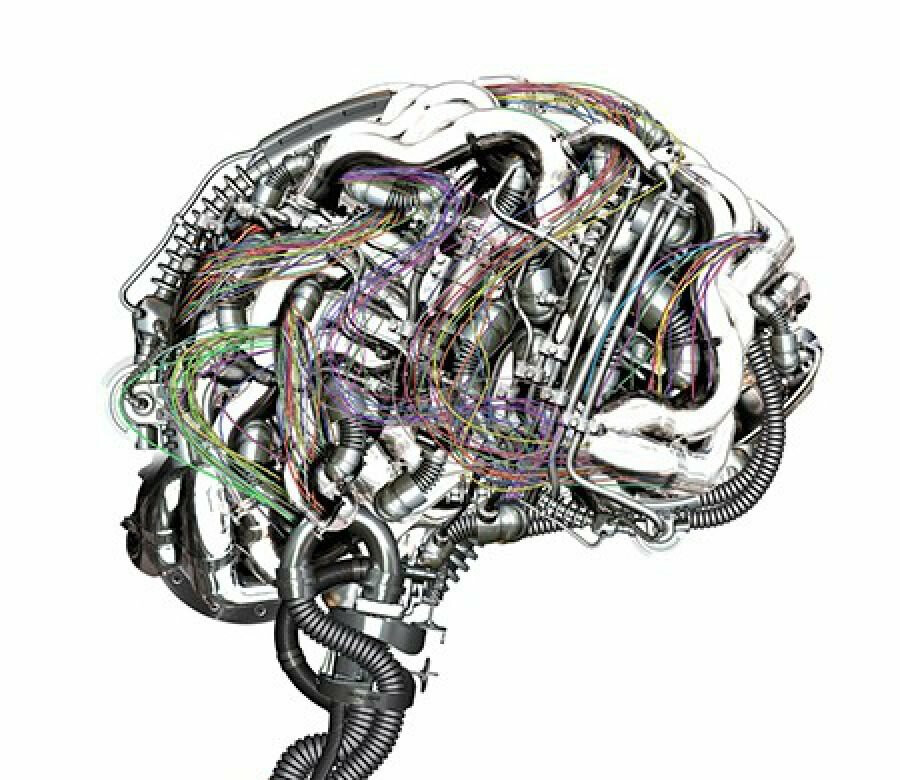24 Sep 2020 | Industry Insights
Digital Twin: The mind of a machine

The next largely unchartered territory for the property sector is that of Machine Learning and Artificial Intelligence.
Until now, buildings have not produced sufficient data to allow any data science to be of value. However, with IoT devices and connected digital twins the opportunity is a reality.
As the property sector data lakes grow over the years ahead, we will be able to learn from patterns in how we use buildings and how they perform. With this information, we can predict how spaces are used and how we can optimise their performance.
For example, we will be able to carry out predictive maintenance or reduce energy costs based on anticipated space utilisation.
The artificial intelligence develops as the data grows and patterns emerge:
1. See – updating and learning
2. Think – reasoning and optimising
3. Do – informing and acting
Within buildings this learning provides an increasing level of value:
Warning
An advance warning of a system failure (not a warning when it has failed).
Prediction
A prediction of how a system is going to operate and when parts need to be replaced.
Optimising
Using performance data to maximise life-cycle value and utilisation of resources.
The concept of Machine Learning and Artificial Intelligence is becoming increasingly common for consumers. For example, Tesla cars are continually gathering data which they learn from. The self driving mode for example predicts where a road accident may occur, or a child running on the road.
In buildings, scanners at the entrance to buildings are calculating how many people are entering it by analysing shapes rather than using cameras which have privacy issues.
Buildings already provide huge amounts of data which is not captured. For example, the access control system provides user information, the room booking systems identifies space utilisation whilst the CCTV can track people’s movement.
We are very much at the start of this journey in property, however the amount of information we are collecting is growing. Data scientists are beginning to become interested in how buildings operate and academics are starting to interrogate the data.
Much of the current thinking is at a single building level, however as more buildings become connected the data will grow. Connected buildings can then integrate with the smart city taking optimisation to the next level.
In the UK, the government are developing a national digital twin which is establishing standards so that information can be collected consistently over the next 30 years.
In an industry where we are still laying bricks and plastering walls, the reality of Machine Learning and Artificial Intelligence might seem a long way away. However, with the growth of data collection and digital twins, this may not be the case.
Related insights

Industry Insights
The Intelligent Hotel: Navigating Costs with Digital Twins
The hotel industry, a sector once synonymous with bustling lobbies and seamless service, has weathered numerous challenges over the past decade. From pandemic-induced shutdowns to the relentless squeeze of rising costs and staffing headaches, hotel survival has become a masterclass in adaptation. Room demand reached an all-time high in 2024, according to STR research. As travellers return in mass, expectations have shifted, demanding a level of personalised experience that feels both effortless and intuitive. How do hotels meet the challenge? Enter the digital twin—a virtual representation reflecting the hotel's every heartbeat.
Read more

Case Studies
Preserving the Past, Powering the Future: Twinview's Role at Archives New Zealand
The newly constructed Archives New Zealand facility in the heart of Wellington represents a strategic investment in the long-term stewardship of the nation's invaluable historical records. Designed to provide a secure and stable environment for the preservation of national archival collections, safeguarding heritage isn’t just about secure storage; it requires a smart, resilient, and efficient environment supported by cutting-edge facilities management. To meet this challenge, Archives New Zealand partnered with Twinview and WT New Zealand to embed intelligence into the building's fabric. The result? A future-ready, high-performance facility where smart data meets operational excellence.
Read more

Industry Insights
Understanding Renters' Rights: How Digital Twins Improve Compliance and Property Management
The recent introduction of the Renters' Rights Bill in the UK aims to improve the relationship between tenants and landlords. As part of a broader effort to ensure fairer and more transparent living conditions, this bill ensures that rental properties meet specific standards, including affordability, maintenance, and habitability. Landlords and property managers now face new challenges in complying with evolving regulations. We explore how Digital Twins could support with these new compliance requirements.
Read more

